Magic Rare Earth Element: “King of Permanent Magnet”-Neodymium
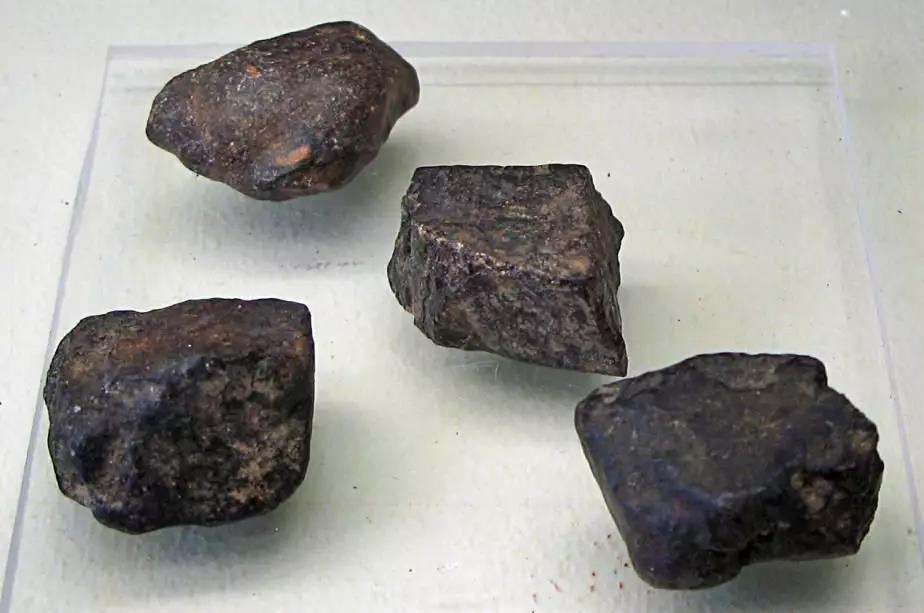
bastnasite
Neodymium, atomic number 60, atomic weight 144.24, with a content of 0.00239% in the crust, mainly exists in monazite and bastnaesite. There are seven isotopes of neodymium in nature: neodymium 142, 143, 144, 145, 146, 148 and 150, among which neodymium 142 has the highest content. With the birth of praseodymium, neodymium came into being. The arrival of neodymium activated the rare earth field and played an important role in it.And influences the rare earth market.
Discovery of Neodymium
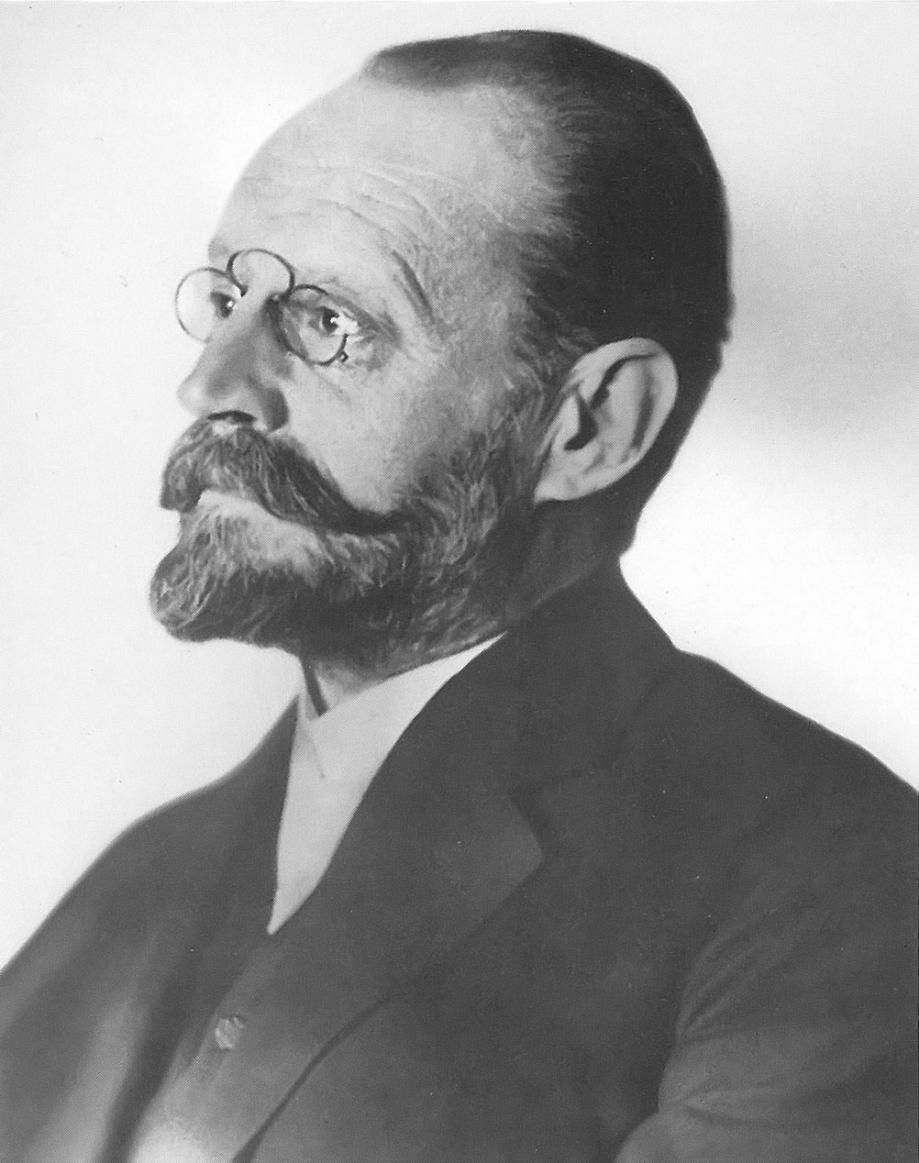
Karl Orvon Welsbach (1858-1929), the discoverer of neodymium
In 1885, Austrian chemist Carl Orvon Welsbach Carl Auer von Welsbach discovered neodymium in Vienna. He separated neodymium and praseodymium from symmetric neodymium materials by separating and crystallizing ammonium nitrate tetrahydrate from nitric acid, and at the same time separated by spectral analysis, but it was not separated in a relatively pure form until 1925.
Since 1950s, high purity neodymium (over 99%) was mainly obtained by ion exchange process of monazite. The metal itself is obtained by electrolyzing its halide salt. At present, most neodymium is extracted from (Ce,La,Nd,Pr)CO3F in basta Nathanite and purified by solvent extraction. Ion exchange purification reserve that highest purity (usually > 99.99%) for preparation.Because it is difficult to remove the last trace of praseodymium in the era when manufacturing depends on step crystallization technology, the early neodymium glass manufactured in 1930s has a purer purple color and a more red or orange color tone than the modern version.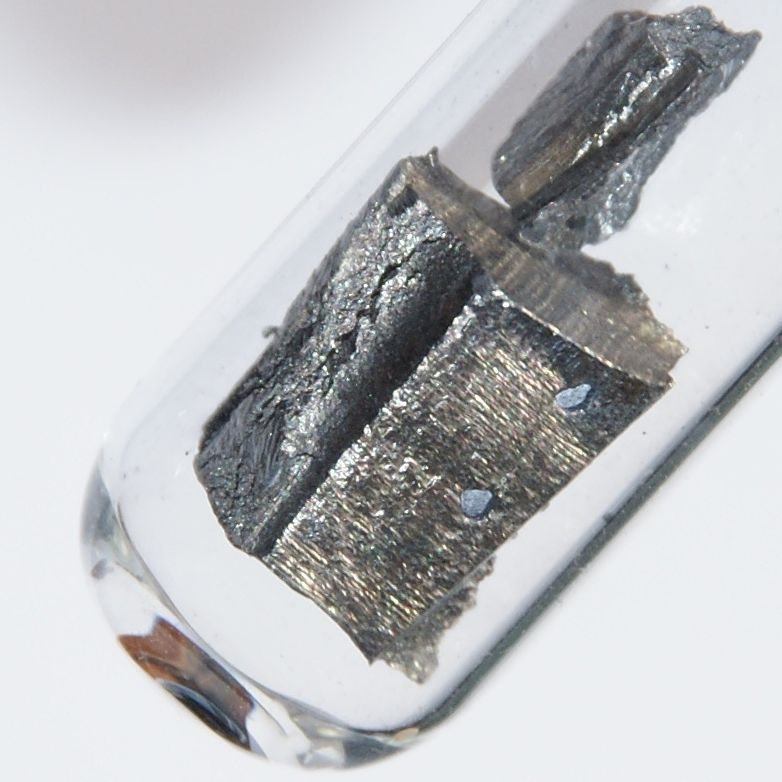
Neodymium metal
Metallic neodymium has bright silver metallic luster, melting point of 1024°C, density of 7.004 g/cm, and paramagnetism. Neodymium is one of the most active rare earth metals, which rapidly oxidizes and darkens in the air, then forms an oxide layer and then peels off, exposing the metal to further oxidation. Therefore, the neodymium sample with a size of one centimeter is completely oxidized within one year. It reacts slowly in cold water and quickly in hot water.
Neodymium electronic configuration
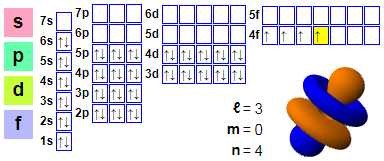
Electronic configuration:
1s2 2s2 2p6 3s2 3p6 4s2 3d10 4p6 5s2 4d10 5p6 6s2 4f4
The laser performance of neodymium is caused by the transition of 4f orbital electrons between different energy levels. This laser material is widely used in communication, information storage, medical treatment, machining, etc. Among them, yttrium aluminum garnet Y3Al5O12:Nd(YAG:Nd) is widely used with excellent performance, and Nd-doped gadolinium scandium gallium garnet with higher efficiency.
Application of Neodymium
The largest user of neodymium is NdFeB permanent magnet material. NdFeB magnet is called “the king of permanent magnets” because of its high magnetic energy product. It is widely used in electronics, machinery and other industries for its excellent performance. Francis Wall, a professor of applied mining at Cumberland School of Mining, University of Exeter, UK, said: “In terms of magnets, there is really nothing that can compete with neodymium.The successful development of Alpha Magnetic Spectrometer indicates that the magnetic properties of NdFeB magnets in China have entered the world-class level.
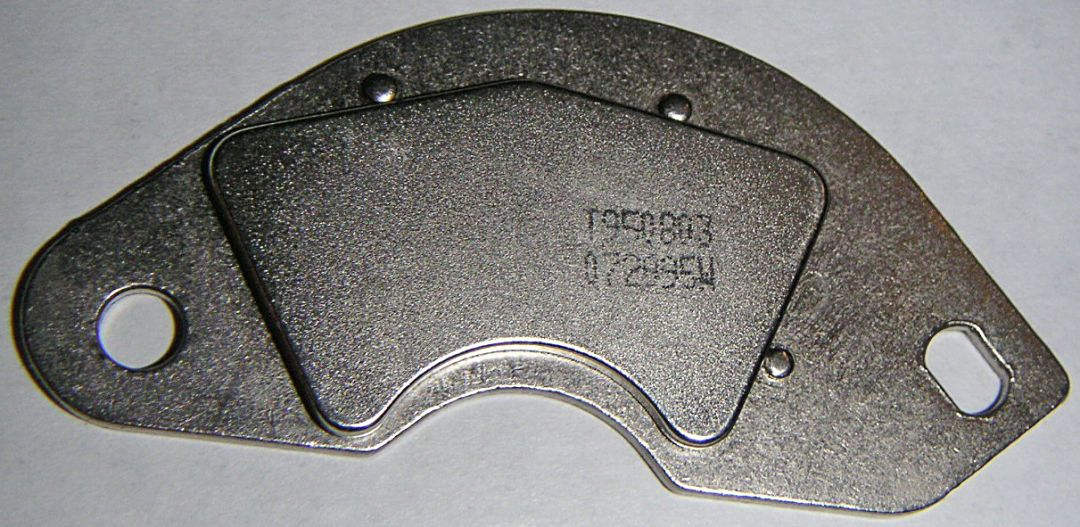
Neodymium magnet on hard disk
Neodymium can be used to make ceramics, bright purple glass, artificial ruby in laser and special glass which can filter infrared rays. Used together with praseodymium to make goggles for glass blowers.
Adding 1.5%~2.5% nano neodymium oxide into magnesium or aluminum alloy can improve the high temperature performance, air tightness and corrosion resistance of the alloy, and it is widely used as aerospace material for aviation.
Nano-yttrium aluminum garnet doped with nano-neodymium oxide produces short-wave laser beam, which is widely used for welding and cutting thin materials with thickness below 10mm in industry.
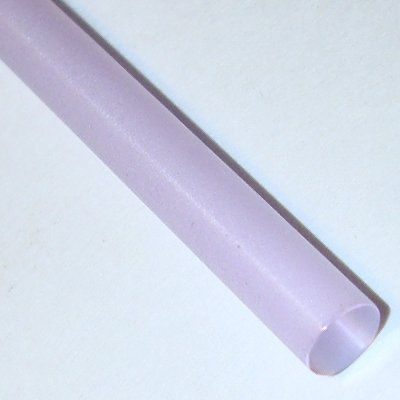
Nd:YAG laser rod
In medical treatment, nano yttrium aluminum garnet laser doped with nano neodymium oxide is used to remove surgical wounds or disinfect wounds instead of surgical knives.
Neodymium glass is made by adding neodymium oxide into glass melt. Lavender usually appears in neodymium glass under sunlight or incandescent lamp, but light blue appears under fluorescent lamp illumination. Neodymium can be used to color delicate shades of glass such as pure violet, wine red and warm gray.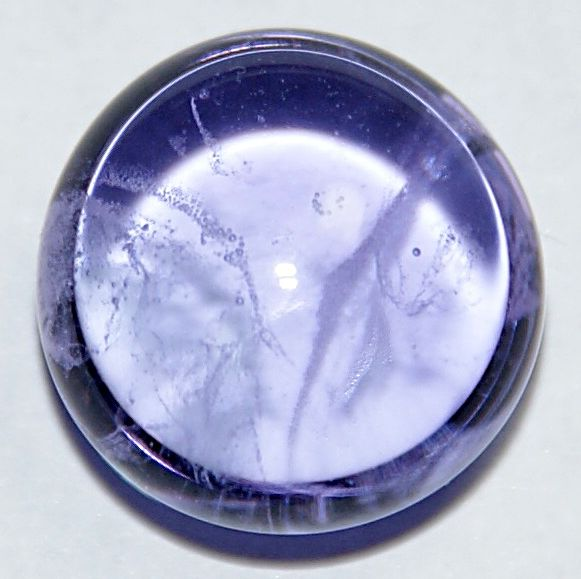
neodymium glass
With the development of science and technology and the expansion and extension of rare earth science and technology, neodymium will have a broader utilization space
Post time: Jul-04-2022